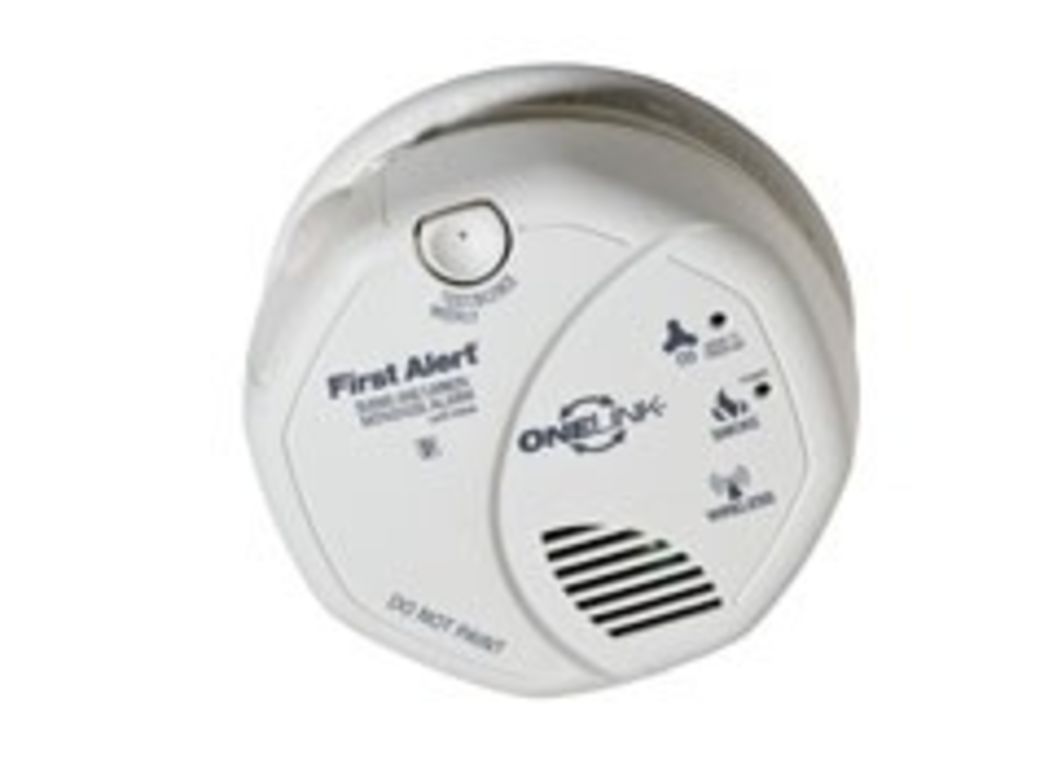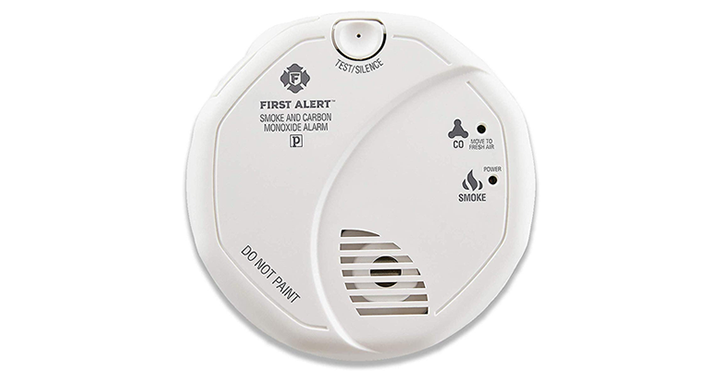

- FIRST ALERT CARBON MONOXIDE ALARM MODEL CO1210 INSTALL
- FIRST ALERT CARBON MONOXIDE ALARM MODEL CO1210 MANUAL
- FIRST ALERT CARBON MONOXIDE ALARM MODEL CO1210 WINDOWS
View and Download First Alert CO1210 user manual online. CO1210 Security System This CO Alarm will only indicate the presence of carbon monoxide gas.

Always avoid installing a smoke alarm in a location that features a path to direct sunlight.FIRST ALERT CARBON MONOXIDE ALARM COSTCO CO1210 MANUAL > DOWNLOADįIRST ALERT CARBON MONOXIDE ALARM COSTCO CO1210 MANUAL > READ ONLINEįirst alert 10-year sealed battery carbon monoxide alarm first alert carbon monoxide alarm end message first alert pc1210 user manualfirst alert model co1210 end of life first alert carbon monoxide alarm 3 chirps first alert model co1210 user's manual costco first alert smoke and carbon monoxide alarm first alert co1210 user manual

This is especially true for photoelectric alarms as bright sunlight entering the chamber can interfere with the sensor. Direct Sunlight can interfere with an alarm’s sensing capabilities.It’s generally a good idea to inspect alarms for dust or other contaminants that may damage their sensing. This is especially harmful as an alarm can look immaculate on the outside, but be riddled with dust under the cover. Even then, dust can gather inside of the cover. That’s why so many First Alert Alarms come equipped with a dust cover. Dust can play a huge role in effecting your smoke alarm.Alarms installed near a cold air return are more susceptible to nuisance alarms due to dusty air being directed towards the detector. HVAC Vents can act as natural disruption as they’ll interfere with an alarm’s sensing chamber.
FIRST ALERT CARBON MONOXIDE ALARM MODEL CO1210 WINDOWS
Windows can also be opened on particularly humid days to alleviate this. That’s why bathrooms should usually be avoided. Ionization smoke alarms in particular can be susceptible to this as they will sense humidity in a similar style of sensing smoke.
FIRST ALERT CARBON MONOXIDE ALARM MODEL CO1210 INSTALL
We can definitely understand a willingness to install smoke alarms and carbon monoxide alarms in as many areas as possible. Is the location of my detector causing alarm chirps? A loud beep will notify you that the alarm is functioning.

It’s called a residual charge and it’s something that can be cleared by resetting the unit. Oddly enough, your old battery may still be interfering with your alarm. I’ve installed a new battery and my alarm is still chirping. If your detector has surpassed its 7 to 10 year manufacture’s date and continues to randomly chirp, it’s definitely time to replace the unit. It’s a helpful indicator that provides an accurate timeline for when the unit should be replaced. That’s why every First Alert Detector includes a manufacturer's date printed on the back of the alarm. It would be unreasonable for anyone to anticipate the exact moment when their alarm needs to be replaced. While First Alert Smoke Alarms and Carbon Monoxide Alarms offer lasting protection in the 5 to 10 year range, it’s important to realize that these detectors don’t last forever. The battery is always an excellent place to start when identifying the problem. There are multiple factors that can trigger alarm chirping. Does the manufacturer's date on my alarm have anything to do with my alarm chirping?


 0 kommentar(er)
0 kommentar(er)
